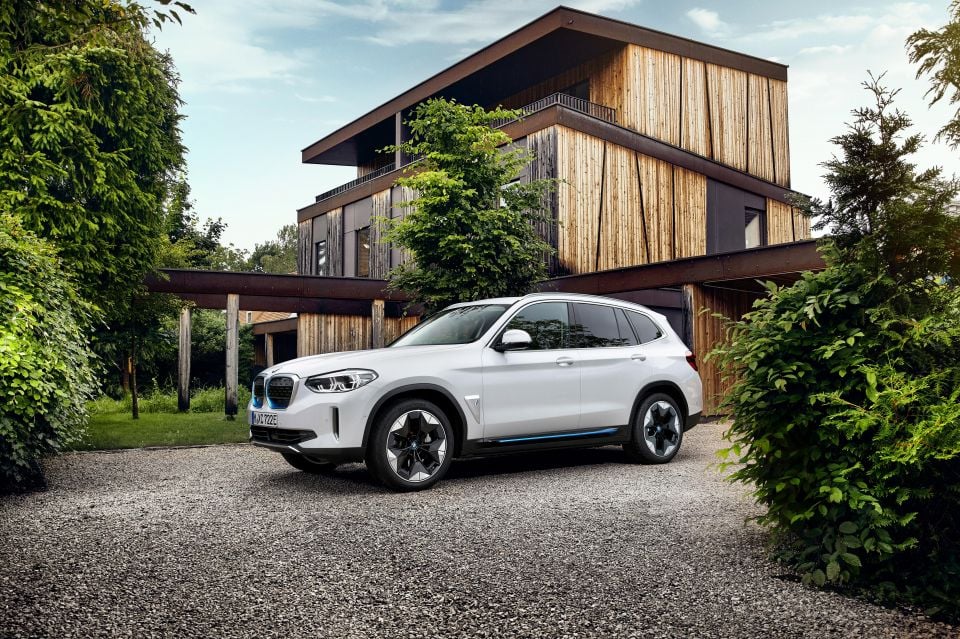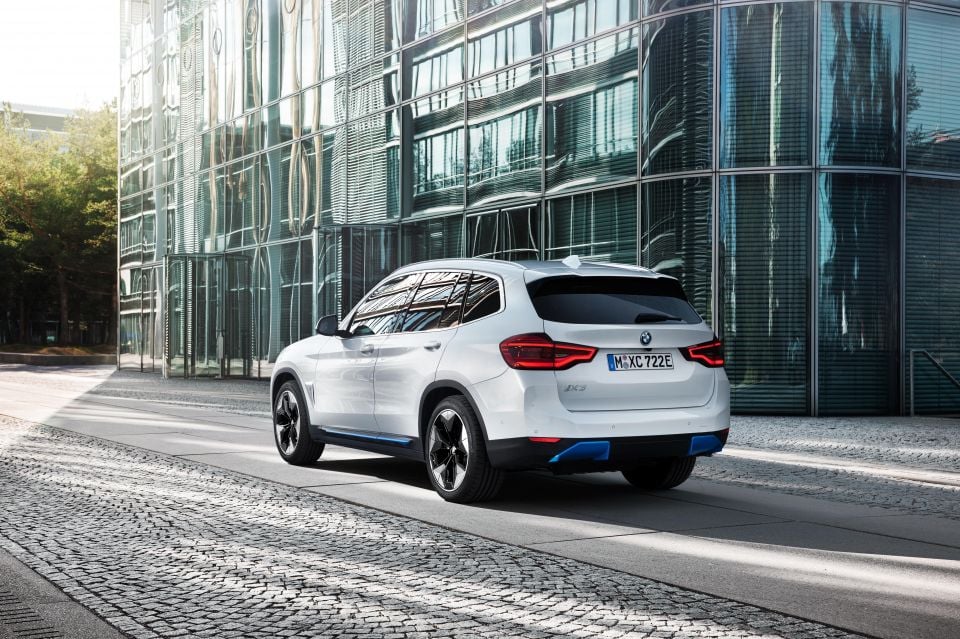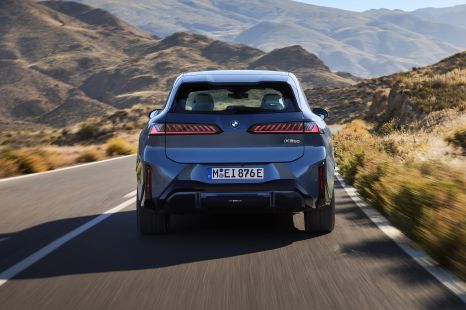

Max Davies
2026 Ram 1500 Rebel review
5 Days Ago

News Editor
The Australian launch of the first plug-in hybrid BMW X3 has been delayed.
Prior to COVID-19, BMW announced its X3 xDrive30e would touch down in the second quarter of this year. We’re now approaching the fourth quarter and it still hasn’t arrived.
The company has yet to provide an updated timeframe for the plug-in hybrid.

BMW’s rival for the Mercedes-Benz GLC300e, when it arrives, will join the growing ranks of PHEVs in BMW’s local range. Currently, BMW offers the 330e, 530e and 745e sedans but just one SUV, the X5 xDrive45e.
The X3 xDrive30e shares its hybrid system with the 330e and 530e, featuring a turbocharged 2.0-litre four-cylinder petrol engine mated with an electric motor and a 12kWh lithium-ion battery. Total system output is 215kW of power and 420Nm of torque, with the 0-100km/h sprint dispatched in 6.1 seconds.
Under the stricter WLTP testing cycle, the X3 xDrive30e has an electric range of 46km, just 1km off the GLC300e’s figure. The plug-in X3 can also operate in pure electric mode at speeds of up to 135km/h and can be recharged via a standard wall socket in just six hours.

Its arch-rival packs a little more punch, however, with system outputs of 235kW and 700Nm and a 0-100km/h time of 5.7 seconds.
Though BMW hasn’t indicated how much the xDrive30e will cost locally, its Mercedes rival is priced at $86,300 before on-road costs – $4800 more than a regular Mercedes-Benz GLC300, which also lacks the plug-in hybrid’s air suspension.
The conventional petrol BMW X3 xDrive30i costs $73,900 before on-roads, or $81,900 in M Sport guise.
In the 3 Series range, opting for the plug-in 330e over an equivalently specified 330i commands a premium of $4000.


While plug-in hybrids may meet the sweet spot for many Australian buyers, those seeking a BMW SUV with purely electric propulsion should be satisfied with the iX3, due next year. It’s likely to feature a much higher price than the X3, however, if the Mercedes-Benz EQC is any indication.
The all-electric Benz is priced at $137,900 before on-roads.
Where expert car reviews meet expert car buying – CarExpert gives you trusted advice, personalised service and real savings on your next new car.
William Stopford is an automotive journalist based in Brisbane, Australia. William is a Business/Journalism graduate from the Queensland University of Technology who loves to travel, briefly lived in the US, and has a particular interest in the American car industry.


Max Davies
5 Days Ago


Max Davies
4 Days Ago


Neil Briscoe
3 Days Ago


Max Davies
2 Days Ago


Alborz Fallah
15 Hours Ago


Damion Smy
14 Hours Ago